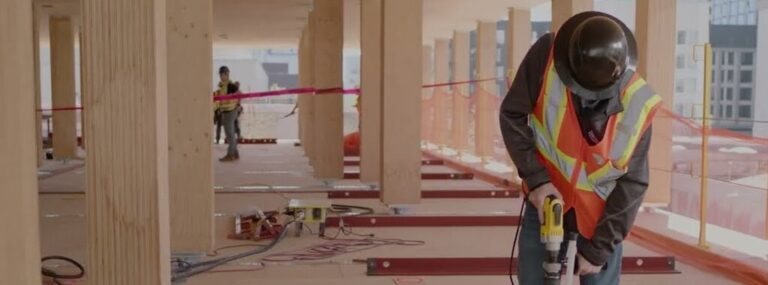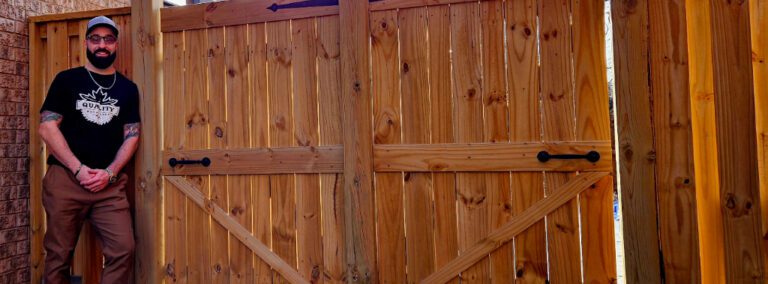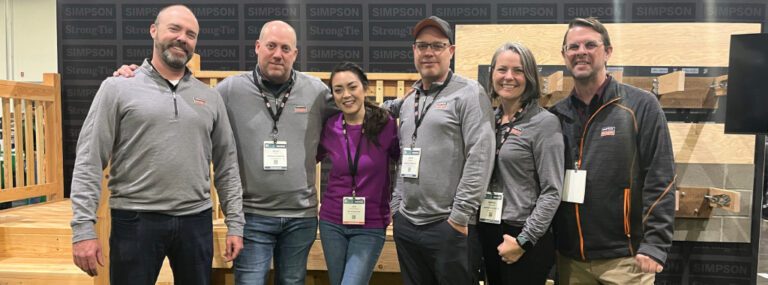The phrase “tiny house” used to be a niche topic for discussion. Today, it has become the topic of conversation. With many binge-worthy reality shows balanced by documentaries that explore the physical and mental benefits of minimalistic living, this trend is gaining serious mainstream momentum, especially in the DIY community.

After watching one of the many (many) tiny house shows, who isn’t ready to go full DIY with your extra backyard space? How hard could it be, right? Like any other grandiose idea sparked by watching a DIY show, my only suggestion as a current tiny-house dweller is to sleep on it–for at least a month. During that month, calculate how much free time you have. You will also want to spend some time volunteering on someone else’s house build. And if you plan on living in it yourself, make sure to spend quality time in as many tiny houses as you can to see if you’re a good match for the lifestyle.

If after that month, you are as still as excited to go all-in on the adventure of building a tiny house yourself, bravo! Go for it! If you are motivated by the lifestyle, but not the labor, there’s no shame in hiring a professional tiny-house builder. After all, the best thing about tiny-house living is that whether or not you build it yourself, living in one is a DIYer’s dream come true! Not a day goes by that I don’t have the urge to fix, alter or build something in my home.

As a minimalist, I was naturally excited about my new compact space. While I did hire a professional tiny-house builder, I was able to weigh in on the design of my house and the materials used to build it. Luckily, as a copywriter at Simpson Strong-Tie, I had a good handle on the spectrum of connectors and fasteners needed to build a house. My house also happened to be built nearly 100% with products from Home Depot, which included a number of Simpson products.

I had my house built specifically to cater to my 9-year-old and myself. The idea was to have all the essentials we needed to live in a small space and take advantage of life outside of our home in our local community as well as around the globe. We moved into our new home the same week we heard the word Covid for the first time. Little did I know that the following 15+ months were all going to take place inside this tiny space (full-time work-from-home plus homeschooling included).

With the help from more Simpson Strong-Tie products (and a healthy amount of research on maximizing small spaces), I embraced the gravitational pull toward DIY-project madness. During this time, I have built a custom-made kitchen cabinet with full-extension drawers, an eight-foot-long bar-height outdoor table to go under our bay window and a large wooden tabletop that changes its function as needed. Not to mention an array of shelving solutions throughout that also tend to change with need.

Living in a tiny house allows you to channel your creative spirit without limitations. Along with designing useful nooks and crannies throughout the interior of your home, you also get to explore ways to create a unique outdoor space as well. Whether your house has a permanent spot or is on the move, there are a number of ways to extend your living into the outdoors.
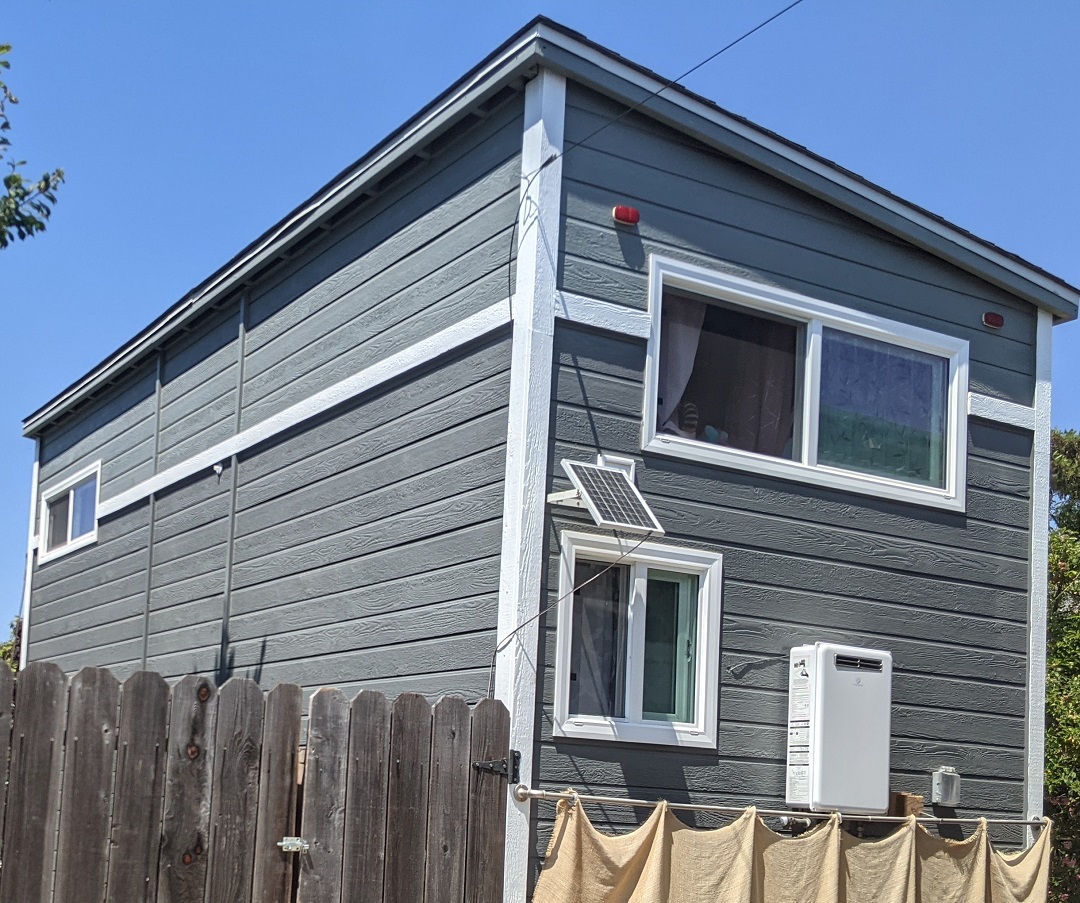
While tiny living means that less really is more, it doesn’t mean you have to limit yourself to just the essentials and part ways with the aesthetically pleasing fun stuff. From outdoor pergolas, privacy screens and workbenches to indoor hammocks and flip-down tables, there are plenty of ways to build a lifestyle that resonates with who you are.
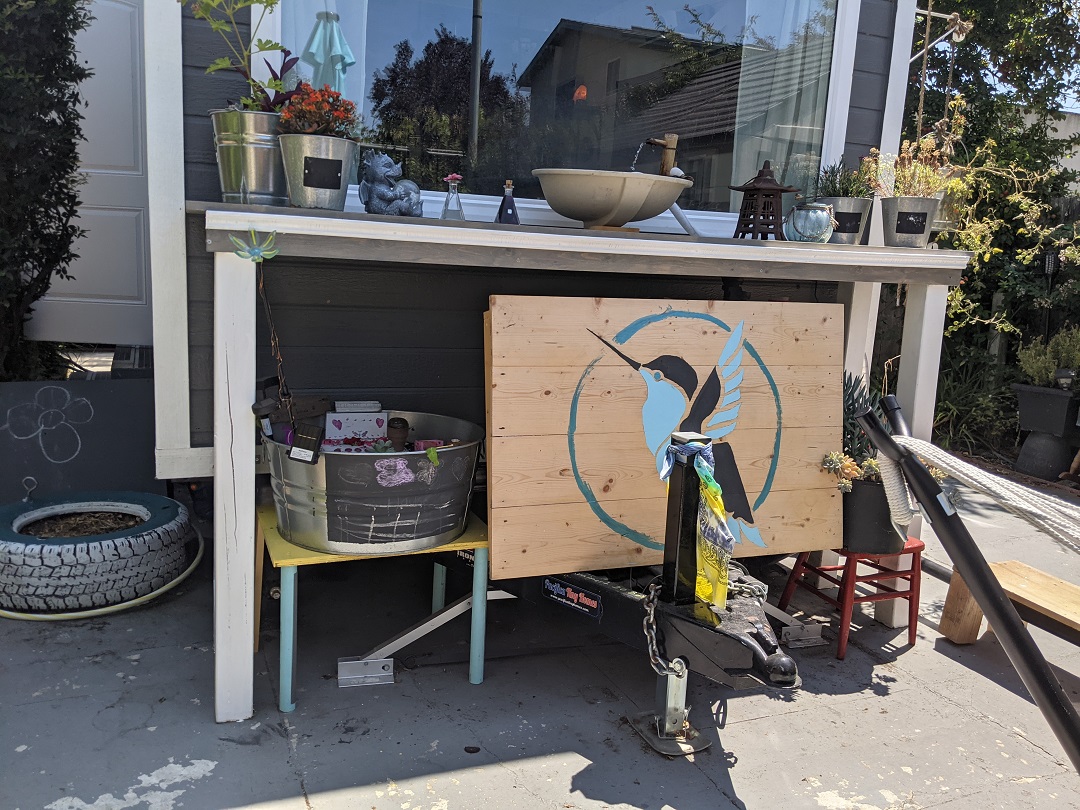
Products used in this build:
